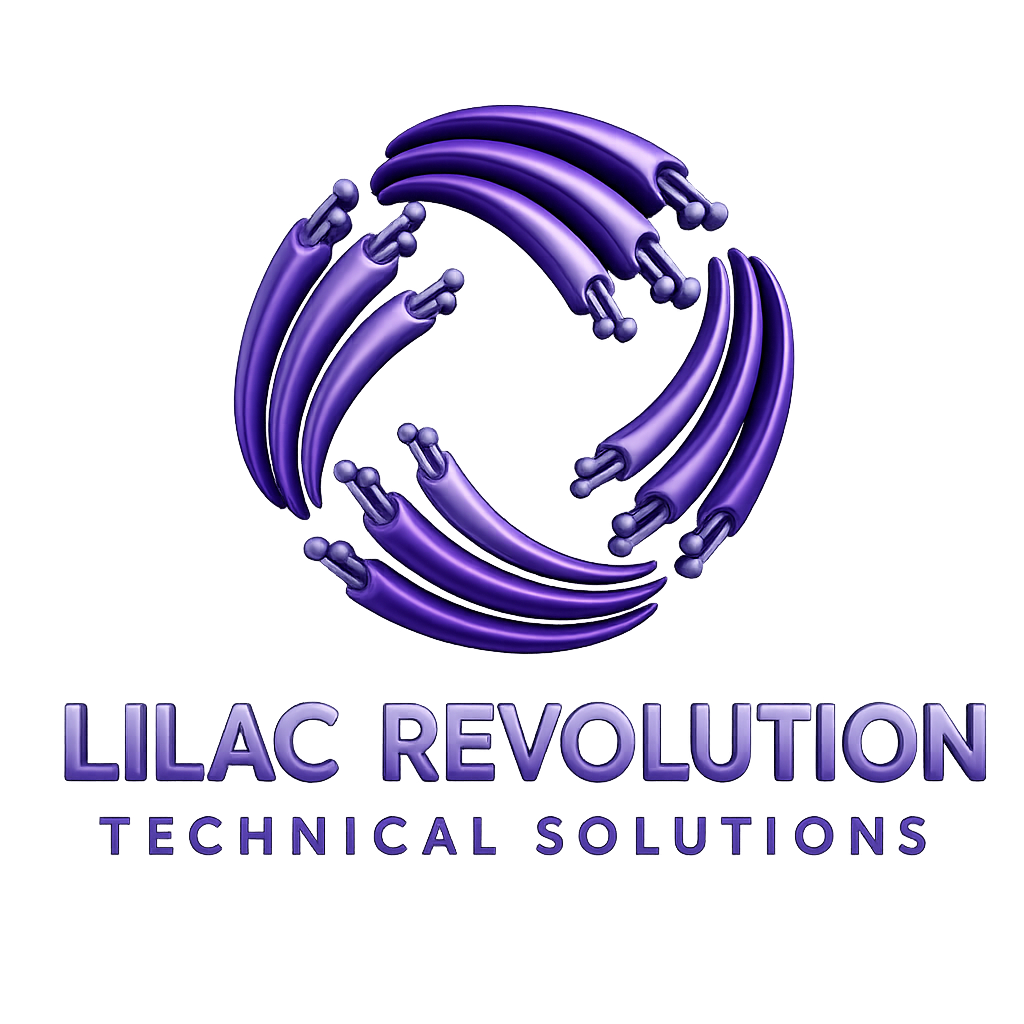Harnessing AI Tools for Smarter Project Scheduling and Budgeting
Project scheduling and budgeting still rely too much on guesswork and manual updates. That’s why AI tools are gaining ground – they help spot potential delays and keep budgets on target without constant firefighting. You’ll get practical tips on using predictive analytics and automated budget tracking to sharpen your project management skills and control resources smarter from start to finish. For more insights on leveraging AI in project management, check out this helpful guide on AI best practices.
Leveraging AI for Project Scheduling

AI-powered tools are changing how you plan and execute projects. Let’s explore how these smart assistants can transform your scheduling process.
Predictive Analytics for Timelines
Imagine knowing about delays before they happen. That’s the power of AI-driven predictive analytics for project timelines.
These tools analyze past project data and current progress to forecast potential bottlenecks. You’ll spot risks early, giving you time to act. For example, if the AI notices a task is taking longer than usual, it might suggest adjusting downstream deadlines.
AI doesn’t just crunch numbers – it learns. The more projects you complete, the smarter it gets at predicting outcomes. This means your forecasts keep improving over time.
But remember, AI is a helper, not a replacement for your expertise. Use its insights to inform your decisions, not make them for you.
Smart Resource Allocation
Gone are the days of juggling resources with sticky notes and spreadsheets. AI tools make resource allocation a breeze.
These systems track team members’ skills, availability, and workload. When you need to assign a task, the AI suggests the best person for the job based on their expertise and current commitments.
AI can also spot overloaded team members before burnout hits. It might recommend shifting tasks to balance workloads, keeping your team happy and productive.
The real magic happens when you combine this with timeline predictions. AI can help you see if you have the right people available at the right times, letting you plan ahead and avoid last-minute scrambles.
Budgeting with AI Tools

Money matters in every project. AI tools are here to help you keep a close eye on your finances without drowning in spreadsheets.
Automated Budget Tracking
Say goodbye to manual budget updates. AI-powered tools can track expenses in real-time, giving you an up-to-the-minute view of your project’s financial health.
These systems can link directly to your accounting software, automatically categorizing expenses as they come in. No more end-of-month surprises when you finally get around to updating the budget.
AI can also spot trends in your spending. It might notice that certain types of tasks consistently go over budget, helping you plan more accurately for future projects.
But the real game-changer? Automated alerts. Set up rules, and the AI will ping you if spending in any area starts to creep up. You’ll catch overruns early, when there’s still time to course-correct.
Financial Oversight Made Easy
Budgeting isn’t just about tracking expenses – it’s about making smart financial decisions throughout your project. AI tools can be your financial co-pilot.
These systems can run “what-if” scenarios in seconds. Wondering how a delay might impact your bottom line? The AI can model it out, helping you weigh your options.
AI can also help with vendor management. It might flag when a supplier’s prices are creeping up compared to market rates, or suggest bulk purchasing opportunities to save money.
Remember, the goal isn’t to replace your financial acumen. It’s to give you better data, faster, so you can make smarter choices. Let the AI crunch the numbers while you focus on the big picture strategy.
Practical Integration Strategies

Now that you’ve seen the potential of AI in project management, let’s talk about how to actually bring these tools into your workflow.
Streamline Your Workflow
Start small and build up. Don’t try to overhaul your entire process overnight.
Pick one area where you’re struggling – maybe resource allocation or budget tracking. Find an AI tool that addresses that specific need and start there.
Get your team on board early. Show them how the AI will make their jobs easier, not replace them. Offer training and be patient as everyone adjusts.
Set clear goals for what you want to achieve with AI. Maybe it’s reducing budget overruns by 15% or cutting down on scheduling conflicts. Having concrete targets will help you measure success.
Remember, integrating AI is a project in itself. Give it the time and attention it deserves, and you’ll reap the rewards down the line.
Enhance Decision-Making with AI
AI tools are great at crunching data, but you’re still the decision-maker. Here’s how to use AI to boost your choices.
Use AI insights as a starting point, not an end point. If the AI flags a potential delay, dig deeper. Talk to your team, consider external factors, then decide how to respond.
Don’t ignore your gut. If an AI recommendation doesn’t feel right, investigate why. You might uncover a flaw in the data or an unusual circumstance the AI didn’t account for.
Encourage your team to question AI outputs too. Foster a culture where everyone feels comfortable saying, “The AI suggests X, but I’m not sure because…”
Over time, you’ll develop a feel for when to trust the AI and when to dig deeper. This balance of human intuition and AI analysis is where the real magic happens in project management.
By following these strategies, you’ll be well on your way to harnessing the power of AI in your project management toolkit. Remember, the goal is to make your job easier and your projects more successful. With a bit of patience and practice, you’ll wonder how you ever managed without your AI assistants.
